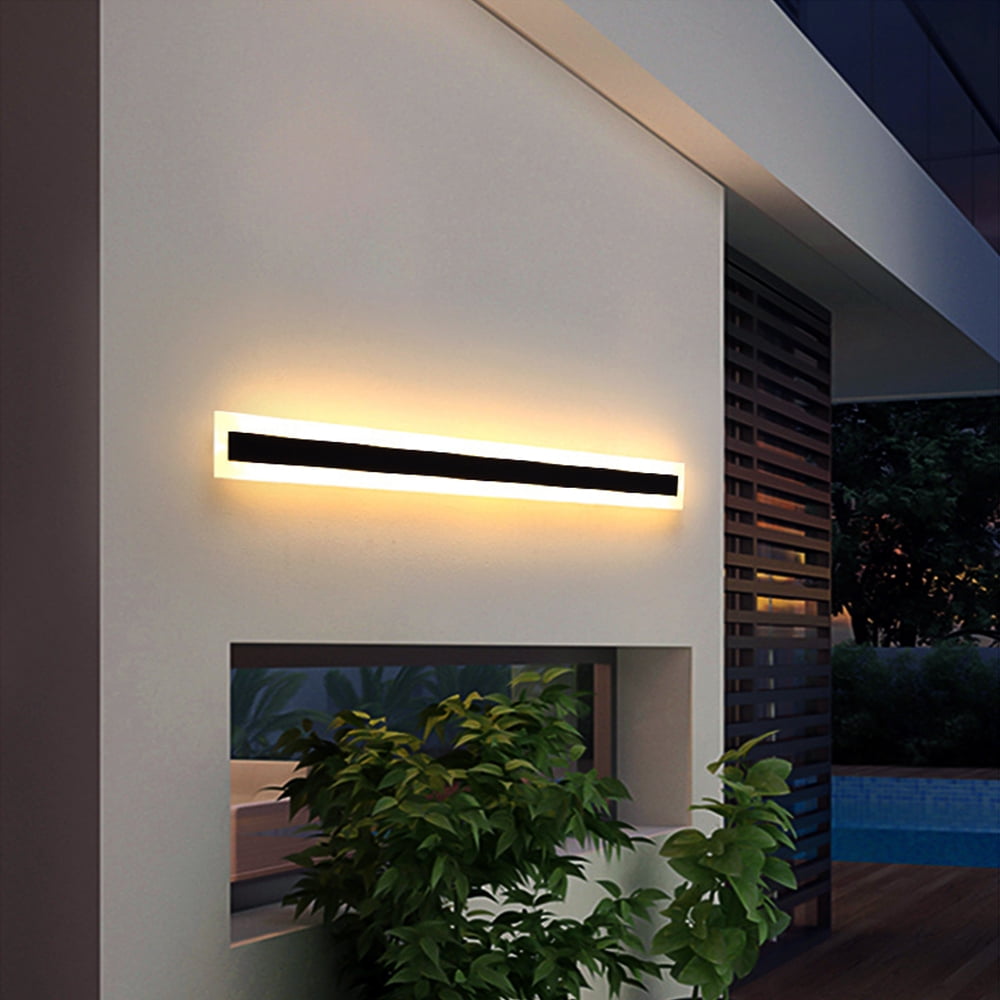A Comprehensive Analysis of Various Light Emitting Diode Video Screen Techniques and Their Uses
A Comprehensive Analysis of Various Light Emitting Diode Video Screen Techniques and Their Uses
Blog Article
Light Emitting Diode video screens have become increasingly popular across various environments, such as concerts, athletic competitions, as well as business meetings. These large large displays are composed of numerous individual Light Emitting Diode panels which work together to create a cohesive unified visual. Various multiple types of Light Emitting Diode video wall solutions on the market, every having its unique characteristics as well as benefits. Grasping these technologies options can help businesses and organizations choose the right option for their specific needs.
One common kind of Light Emitting Diode video wall solution is the directly viewed LED. Such solution uses separate LED units which are placed closely in proximity to create a big screen. Direct view Light Emitting Diode walls are recognized for their high brightness and lively colors, making them perfect for external events or well-lit illuminated settings. They also have a wide sight perspective, which indicating that people can view the display clearly at various positions. This makes directly viewed Light Emitting Diode walls a popular choice for stadiums and outdoor events.
Another kind of LED display screen solution is the LED illuminated LCD. This technology merges conventional LCD screens with Light Emitting Diode illumination to enhance brightness as well as hue precision. LED illuminated Liquid Crystal Displays are from this source commonly used in indoor settings, including retail centers as well as conference rooms. These displays provide excellent image quality while are typically more affordable than directly viewed LED walls. However, they may not function as effectively in well-lit environments, since the backlighting can sometimes dull the colors.
Another thirdly choice is the OLED video wall. OLED technology offers superior differentiation as well as hue richness compared to alternative kinds of displays. Each pixel in an OLED screen emits its own light, allowing for true blacks and lively hues. Such renders OLED display walls particularly appealing for uses which demand premium images, including gallery exhibitions and luxury shopping outlets. However, Organic Light Emitting Diode technology can be costlier costly and may not be as bright as direct view LED walls, making it less appropriate for external applications.
In addition to these technologies, various additionally various applications for LED display screens. They can be used for promotion, amusement, and information presentation. For instance, companies often use LED video walls for electronic advertising to draw in customers and promote goods. Within entertainment, they enhance the sight experience at concerts as well as gatherings, offering dynamic backdrops and captivating visuals. Within business settings, Light Emitting Diode display walls can be utilized for demonstrations, visual conferencing, as well as training sessions, aiding to convey information in a aesthetically attractive way.
To summarize, Light Emitting Diode video screens are available in different technologies, every with its unique advantages and applications. Directly viewed Light Emitting Diode walls are ideal for external use, whereas LED-backlit LCDs are more appropriate for indoor settings. Organic Light Emitting Diode video walls offer superior image quality yet may come at a greater cost. Understanding the differences differences can assist organizations make knowledgeable decisions about the best type of LED display wall best satisfies their needs, whether for promotion, amusement, and business use.